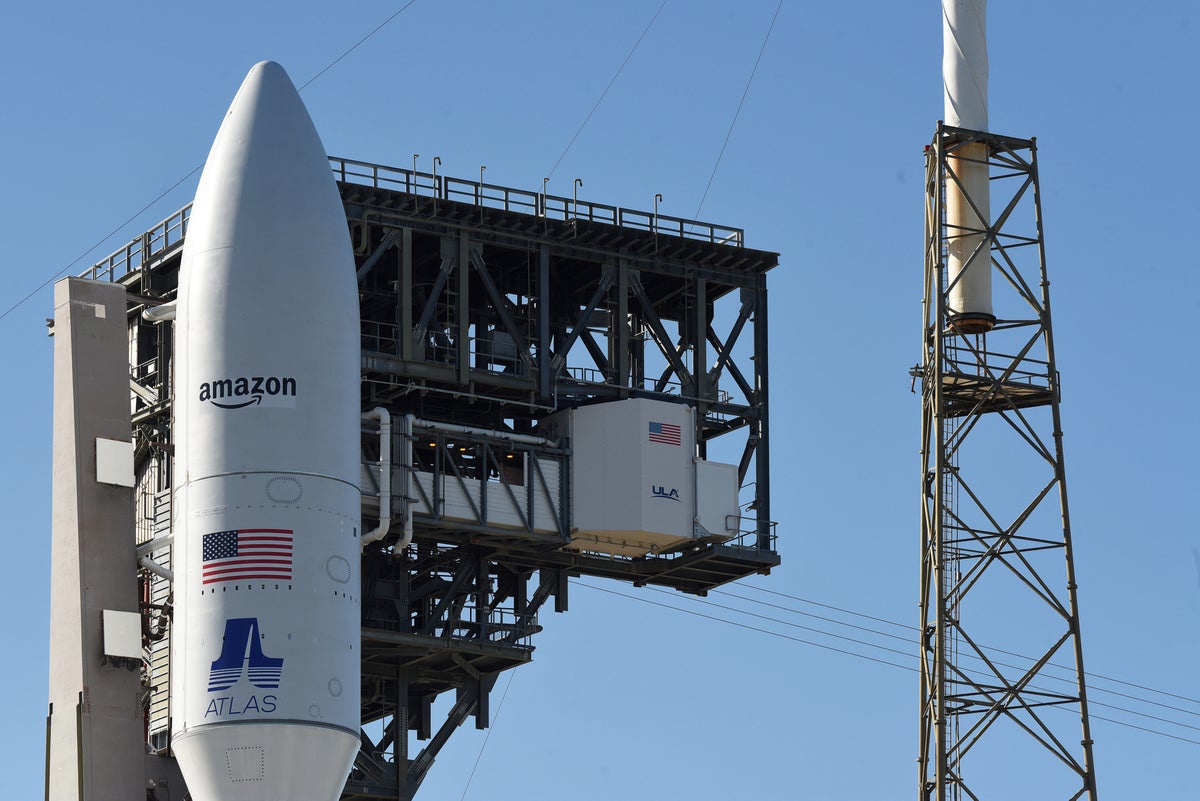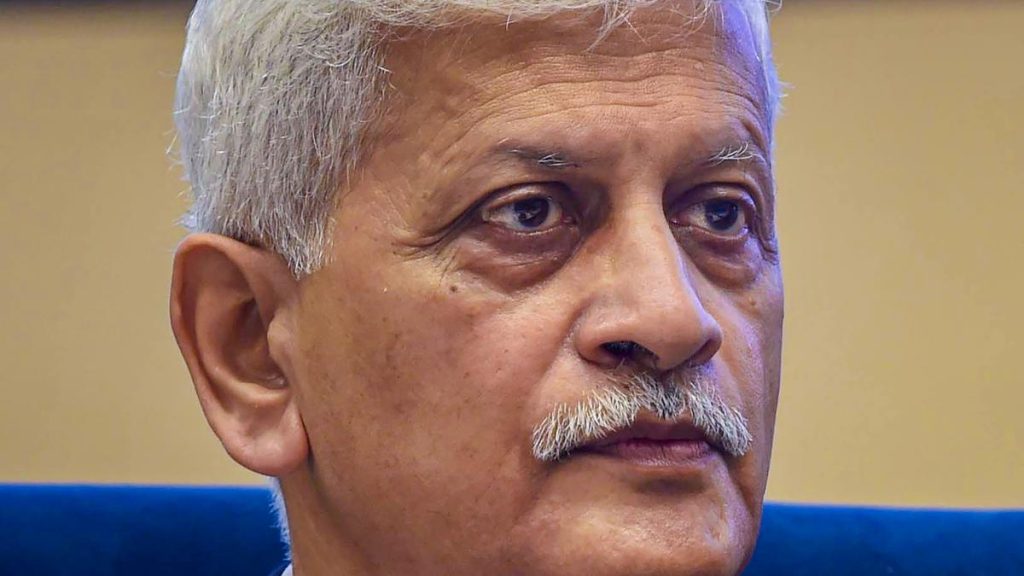Now Reading: Amazon’s Kuiper vs. SpaceX’s Starlink: What the Satellite Internet Rivalry Means for Earth
-
01
Amazon’s Kuiper vs. SpaceX’s Starlink: What the Satellite Internet Rivalry Means for Earth
Amazon’s Kuiper vs. SpaceX’s Starlink: What the Satellite Internet Rivalry Means for Earth

Quick Summary
- Amazon has launched its first batch of 27 satellites under “Project Kuiper,” aiming to eventually have a constellation of 3,200 satellites to provide Internet access in remote areas.
- This project competes directly with SpaceX’s “Starlink,” which already operates over 7,000 satellites and serves more than 5 million customers globally.
- Amazon faces regulatory deadlines imposed by the FCC to deploy half of its constellation by July 2026 and complete deployment by July 2029.
- Project Kuiper coudl cost Amazon up to $20 billion,signaling its ambition for large-scale expansion beyond e-commerce and cloud services.
- Rapid growth in satellite constellations raises concerns regarding:
– Increased risk of collisions due to congested orbits, possibly leading to widespread debris scenarios like past incidents.
– Disruption of astronomy observations as bright satellite streaks mar telescope images and obscure celestial objects.
– lack of formal international regulation governing satellite presence, raising risks as space becomes increasingly crowded.
– Environmental concerns such as potential ozone depletion during reentry phases.
Indian Opinion Analysis
India’s keen interest in both space exploration and digital connectivity underscores the relevance of mega constellations like Amazon’s Kuiper project. On one hand, providing Internet access in rural areas resonates with india’s push for digital inclusivity under programs such as digital india. Though, the rapid overcrowding of Earth’s low orbit may pose broader challenges that impact India’s burgeoning space program-including increased collision threats and environmental repercussions-which could escalate costs for future missions. The growing effect on astronomy is another concern; Indian institutions like ISRO are deeply invested in astronomical research that may be hindered by unregulated satellite activity.
India’s policymakers could leverage this global discourse on regulation by advocating cooperative frameworks through platforms like the united Nations Office for Outer Space Affairs (UNOOSA). Balancing technological advancement with sustainability will remain a crucial consideration not only globally but also specifically for India’s ambitions as an emerging leader in space technology.

























